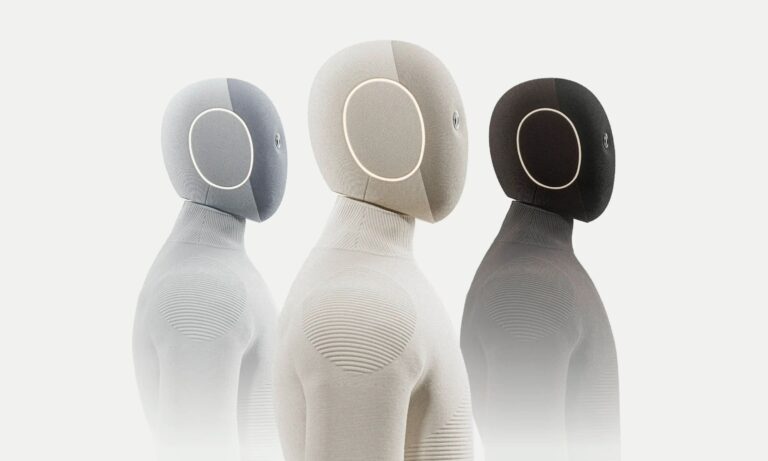AI didn’t burst into our lives overnight. It slipped in quietly, first as autocorrect, then as filters that smoothed out photos, and eventually as recommendation engines that knew what we wanted before we did. The shift was gradual enough to feel harmless. But lately, AI has started to touch the one area we always assumed was safely human: the way we see.
AI-generated images once had tells. A stray finger. A suspicious shadow. A face that looked just a bit too airbrushed. They were quirky, slightly uncanny, and easy to dismiss. Today, the line has thinned so dramatically that you often don’t realize you’ve scrolled past an AI image until someone points it out. The best models make you double take, then doubt your own instinct.
Google’s newest model, Nano Banana Pro, pushes that tension even further.
Built on Gemini 3 Pro, Nano Banana Pro is a different class of visual intelligence. It understands space, structure, handwriting, and context so precisely that the output feels like it was created by a team of designers, editors, and researchers working in perfect sync.
And for creatives, the possibilities are endless. You can blend up to 14 input photos while keeping the identities of up to five people consistent, craft editorial-style shots from scraps of references, or recreate entire cinematic scenes with controlled lighting, camera angles, and color grading. Text inside images — long paragraphs, multilingual captions, retro typography — finally looks correct.
Nano Banana Pro feels less like a tool and more like a studio.
THE OUTPUT IS SHOCKINGLY REAL — SOMETIMES TOO REAL
The realism is where admiration gives way to concern.
Tests show Nano Banana Pro can regenerate iconic photographs with such fidelity that the differences only emerge after intense scrutiny. This level of accuracy is powerful, but also deeply unsettling.
If an AI model can reconstruct a historic moment that convincingly, what stops someone from manufacturing one? When it can clone handwriting, mimic architectural styles, or generate candid photos of public figures, how do we trust anything that looks like documentation?
Nano Banana vs Nano Banana Pro
— sid (@immasiddx) November 24, 2025
We’re cooked. 💀 pic.twitter.com/LRoJhALaZD
To address the fallout, Google is embedding every Nano Banana Pro image with SynthID, an invisible digital watermark that reveals whether an image was AI-generated. Free and Pro-tier users also get a visible Gemini watermark. Ultra subscribers can remove the visible mark, keeping only the hidden one.
Users can now upload any photo into the Gemini app and ask whether it was made by Google AI. It’s a necessary safeguard, but it relies on people taking the time to check. Most do not. That’s the uncomfortable reality. AI creation is instant. AI verification requires effort.
Nano Banana Pro is a dream for educators, designers, marketers, and students. It can visualize ideas within seconds, break down complex subjects into simple diagrams, elevate low-quality visuals, and democratize professional-grade design. But the technology also forces us to rethink how we understand authenticity.
If handwriting can be imitated, if historical imagery can be reconstructed, if brand campaigns can be fabricated by anyone with a prompt, we are entering an era where seeing something no longer guarantees it happened.
The future of visual trust is no longer about what we see. It is about what we verify.
Nano Banana Pro shows us what is possible when AI understands not just images, but knowledge. The model’s intelligence is remarkable, but its realism raises a question that will define the next decade of visual culture: How do we distinguish between the world as it is and the world an algorithm can fabricate?
The answer will require more than watermarks or warnings. It will demand new habits, new media literacy, and new skepticism.
ALSO READ: THE BEAUTY VAULT: THE BEST BEAUTY LAUNCHES OF NOVEMBER 2025.




